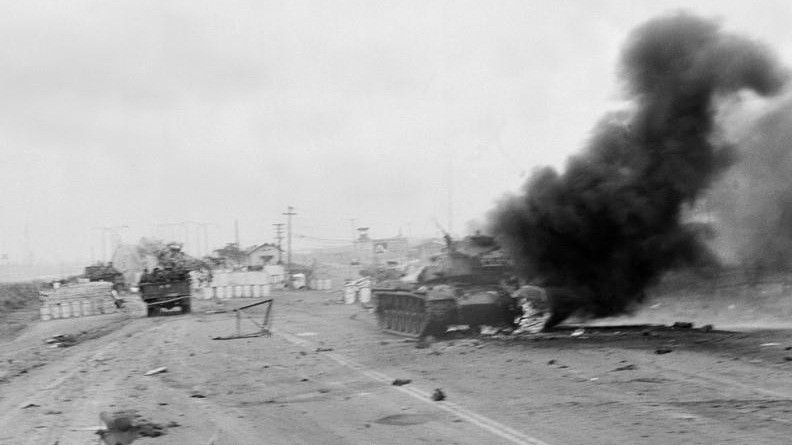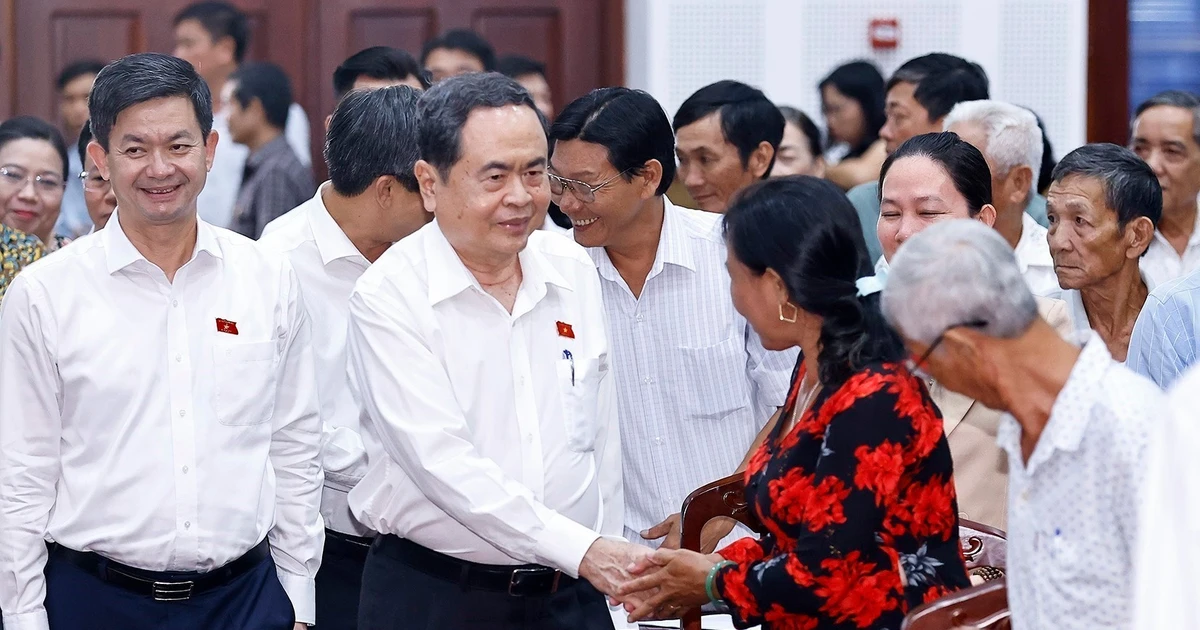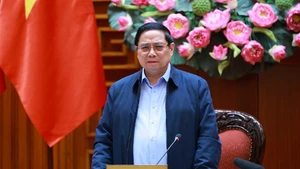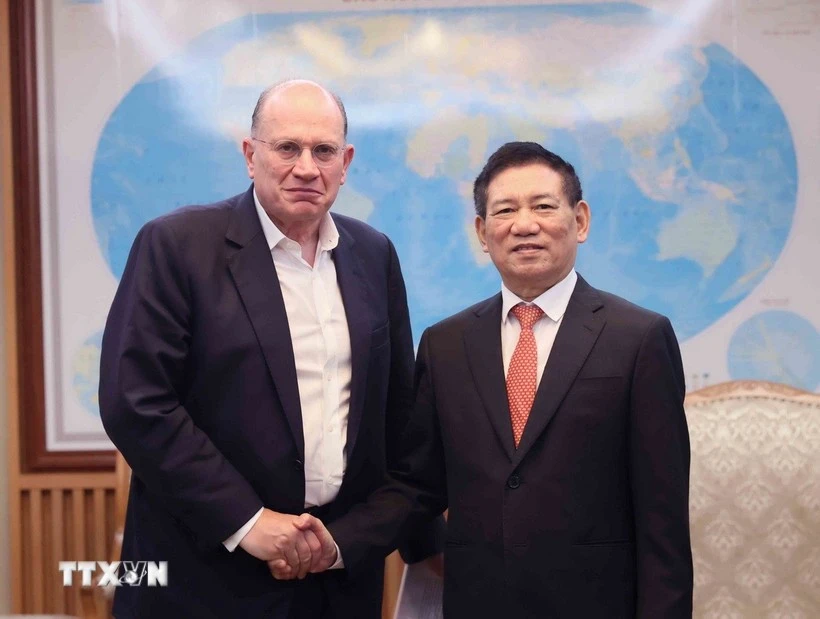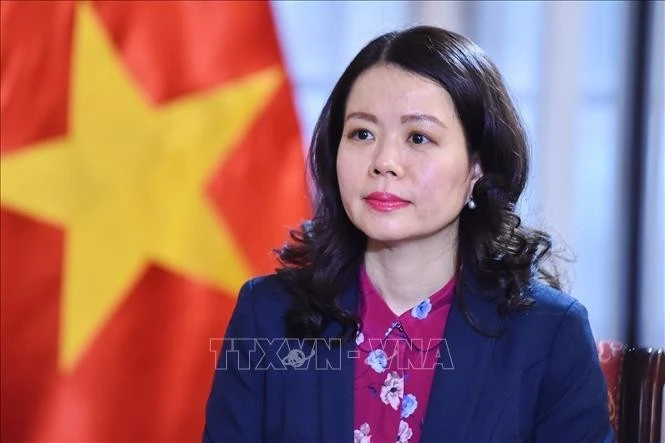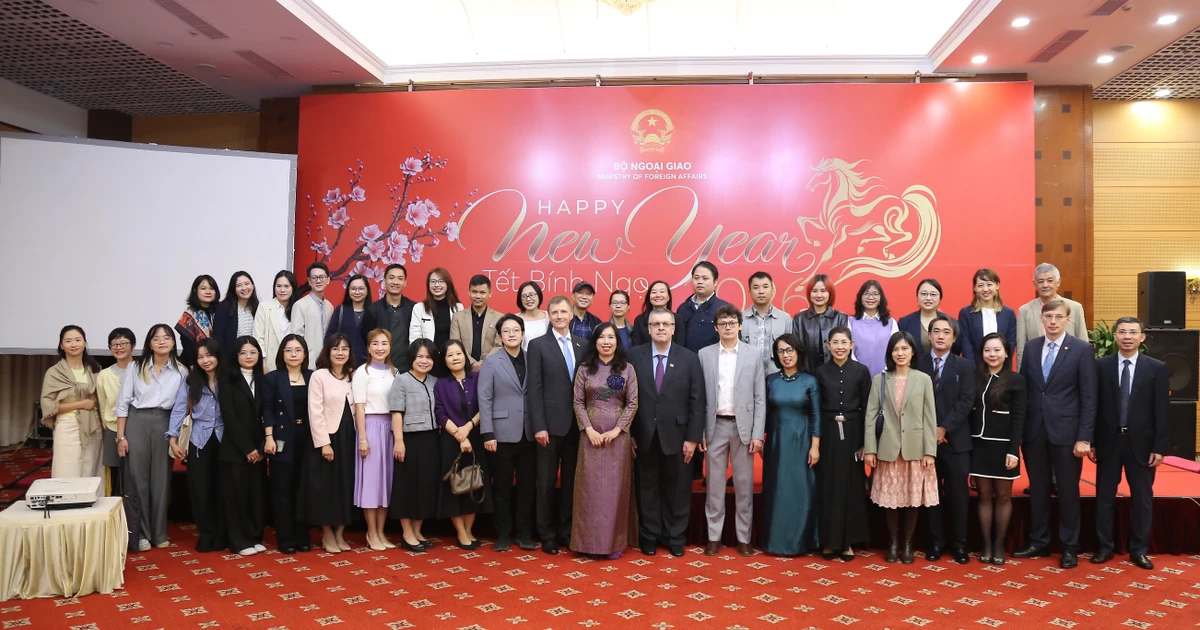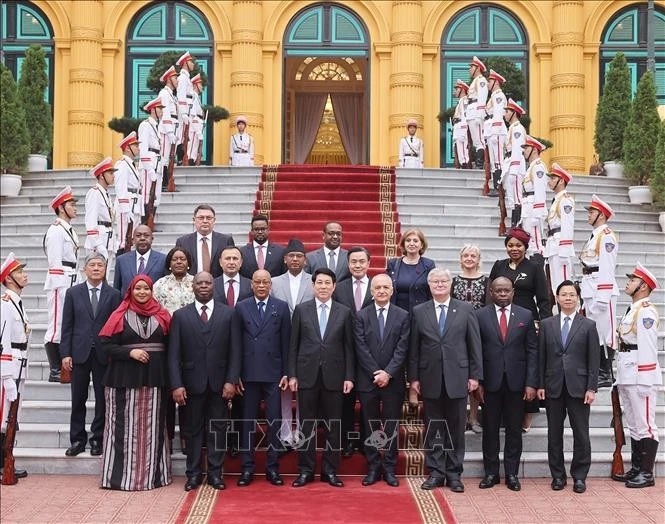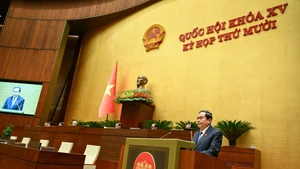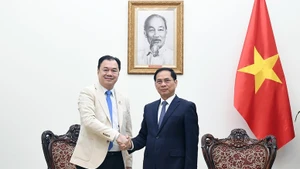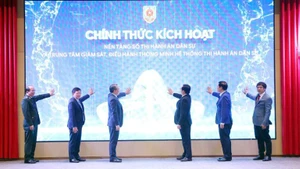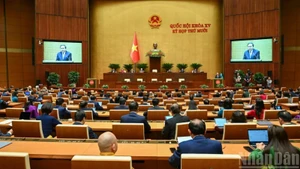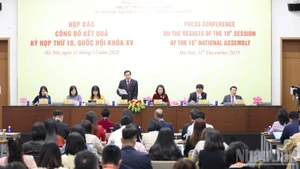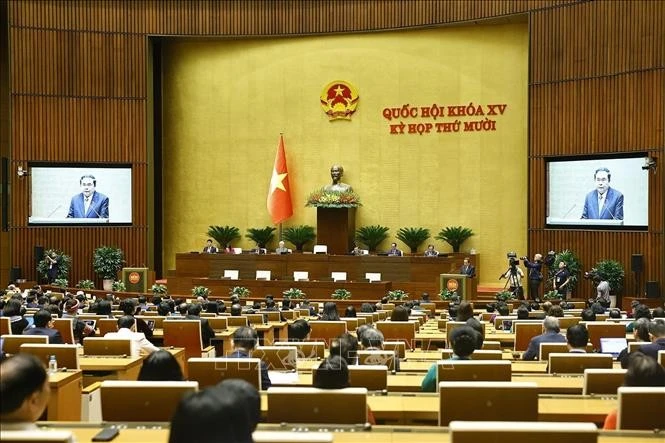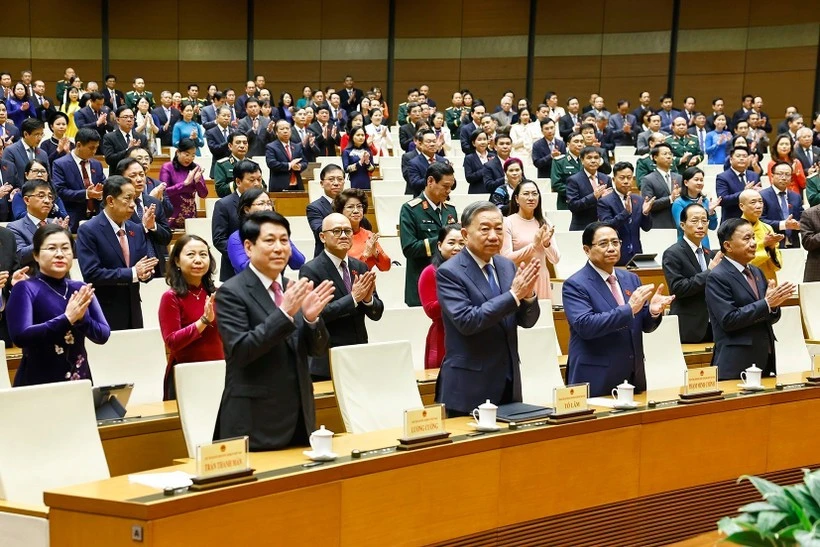On April 6, 1975, the Central Military Commission sent a telegram to the Command of the Truong Son – Army Corp 559, emphasising that ensuring logistical support and mobilising forces into the Southern battlefield (B.2) is the top priority.
Therefore, it was necessary to have a plan to organise this work, especially ensuring the timely movement of units, weapons, and technical supplies, as well as ammunition needs. The demands of the front were extremely urgent. Time was crucial, representing strength. Soldiers and units were asked to use all measures to march as quickly as possible and provide support as urgently as possible, completing the support campaign successfully.
On April 6, 1975, the Standing Committee of the Central Office for South Vietnam issued a directive to intensify general attacks and uprisings to liberate urban areas. The directive stated: “The revolutionary situation in urban areas has arrived, and the urgent tasks ahead are intertwined with the fundamental tasks of the national democratic revolution in South Vietnam.”
Accordingly, the Saigon – Gia Dinh City Party Committee issued a document titled ‘Things to do immediately before, during, and after the liberation of the city,’ directing the transfer and supplementation of cadres and assigning specific tasks to each force:
1- Wing A was led by City Party Committee Secretary Mai Chi Tho.
2-Wing B was led by Deputy City Party Committee Secretary Nguyen Thanh Tho.
3- 700 cadres within the city and 1,000 cadres in the suburbs were called up to guide and mobilise the masses to rise up.
4- Assigning tasks to various sector forces: transportation, city youth union, commandos, women’s units, military mobilisation, communication and education.
5- Organising armed forces (Gia Dinh Regiment, 4 special commando battalions, guerrilla forces, infantry, local army companies in districts, and 3,345 militia and guerrilla fighters) to prepare for coordinating attacks on targets and supporting the uprising masses.
In Military Region 8 (Central South Vietnam), on April 6, Division 8, the main force of the Military Region, the Engineer Battalion 341 of the Military Region, and local armed forces cut off several sections of Route 4. Division 4, the main force of Military Region 9, along with local armed forces, destroyed the Ba Cang District and controlled Tra Noc Airport (Can Tho).
On the same day, Regiment 88 joined the 2 Regiment and two local infantry battalions in Long An to attack and destroy 50 outposts, liberating 12 communes in the southern part of Long An.
In the Southwest battlefield, on the night of April 6, at the Vinh Tra front (Military Region 9), the forward command of the Military Region received a directive from the Regional Command to call up Division 4 and Regiment 101 to attack Tra Noc Airport, capture Route 4, and develop the attack to capture Can Tho City. The initial attack time was set for April 8 but was later changed to April 12.
On the enemy's side, to salvage the increasingly dire situation, from March 13 to April 6, 1975, President Nguyen Van Thieu sent a delegation of National Assembly deputies to Washington to lobby the US Congress to increase aid to the Saigon regime, but this was not accepted.
